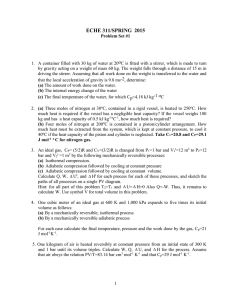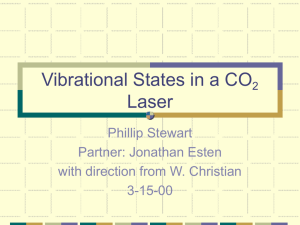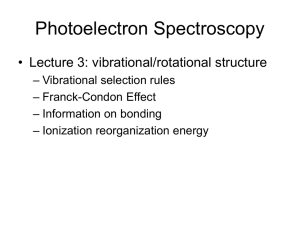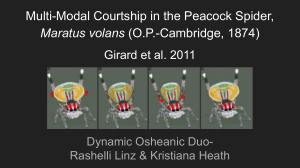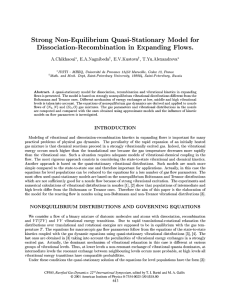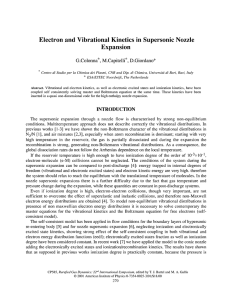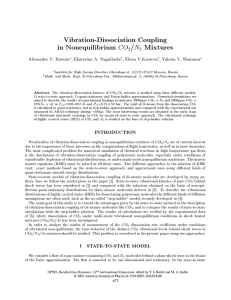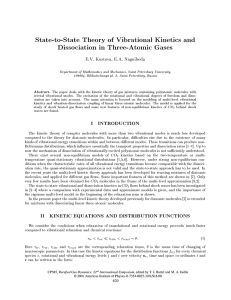SCH 4U Unit 4 - Thermodynamics and Rates of Reactions
advertisement
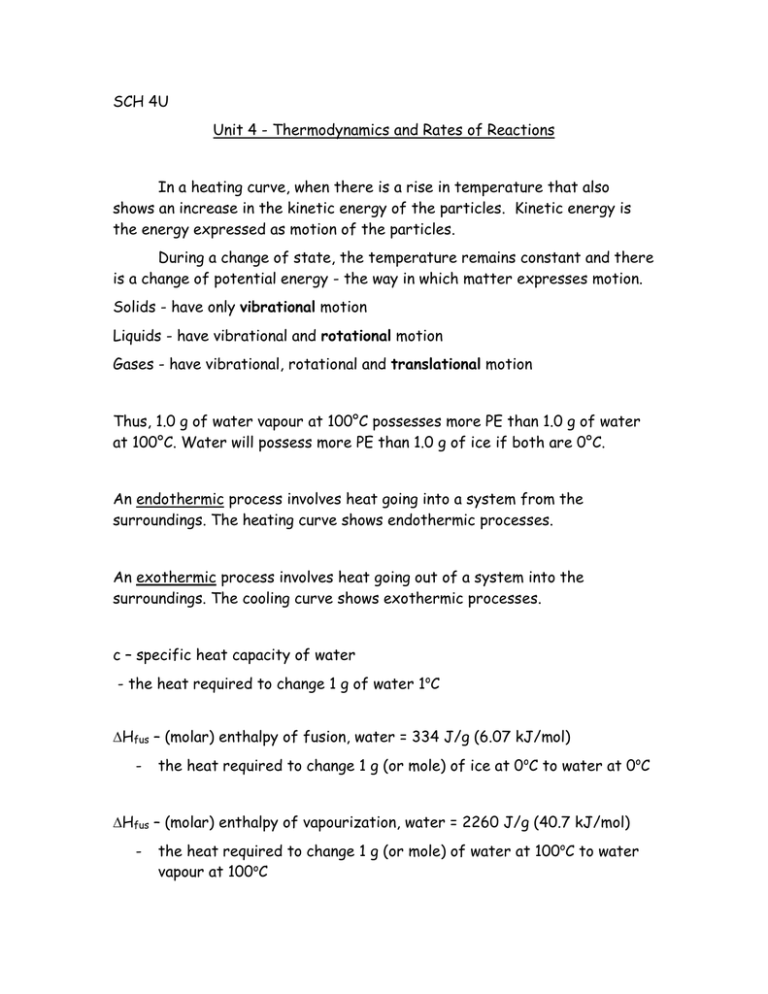
SCH 4U Unit 4 - Thermodynamics and Rates of Reactions In a heating curve, when there is a rise in temperature that also shows an increase in the kinetic energy of the particles. Kinetic energy is the energy expressed as motion of the particles. During a change of state, the temperature remains constant and there is a change of potential energy - the way in which matter expresses motion. Solids - have only vibrational motion Liquids - have vibrational and rotational motion Gases - have vibrational, rotational and translational motion Thus, 1.0 g of water vapour at 100°C possesses more PE than 1.0 g of water at 100°C. Water will possess more PE than 1.0 g of ice if both are 0°C. An endothermic process involves heat going into a system from the surroundings. The heating curve shows endothermic processes. An exothermic process involves heat going out of a system into the surroundings. The cooling curve shows exothermic processes. c – specific heat capacity of water - the heat required to change 1 g of water 1oC ∆Hfus – (molar) enthalpy of fusion, water = 334 J/g (6.07 kJ/mol) - the heat required to change 1 g (or mole) of ice at 0oC to water at 0oC ∆Hfus – (molar) enthalpy of vapourization, water = 2260 J/g (40.7 kJ/mol) - the heat required to change 1 g (or mole) of water at 100oC to water vapour at 100oC




